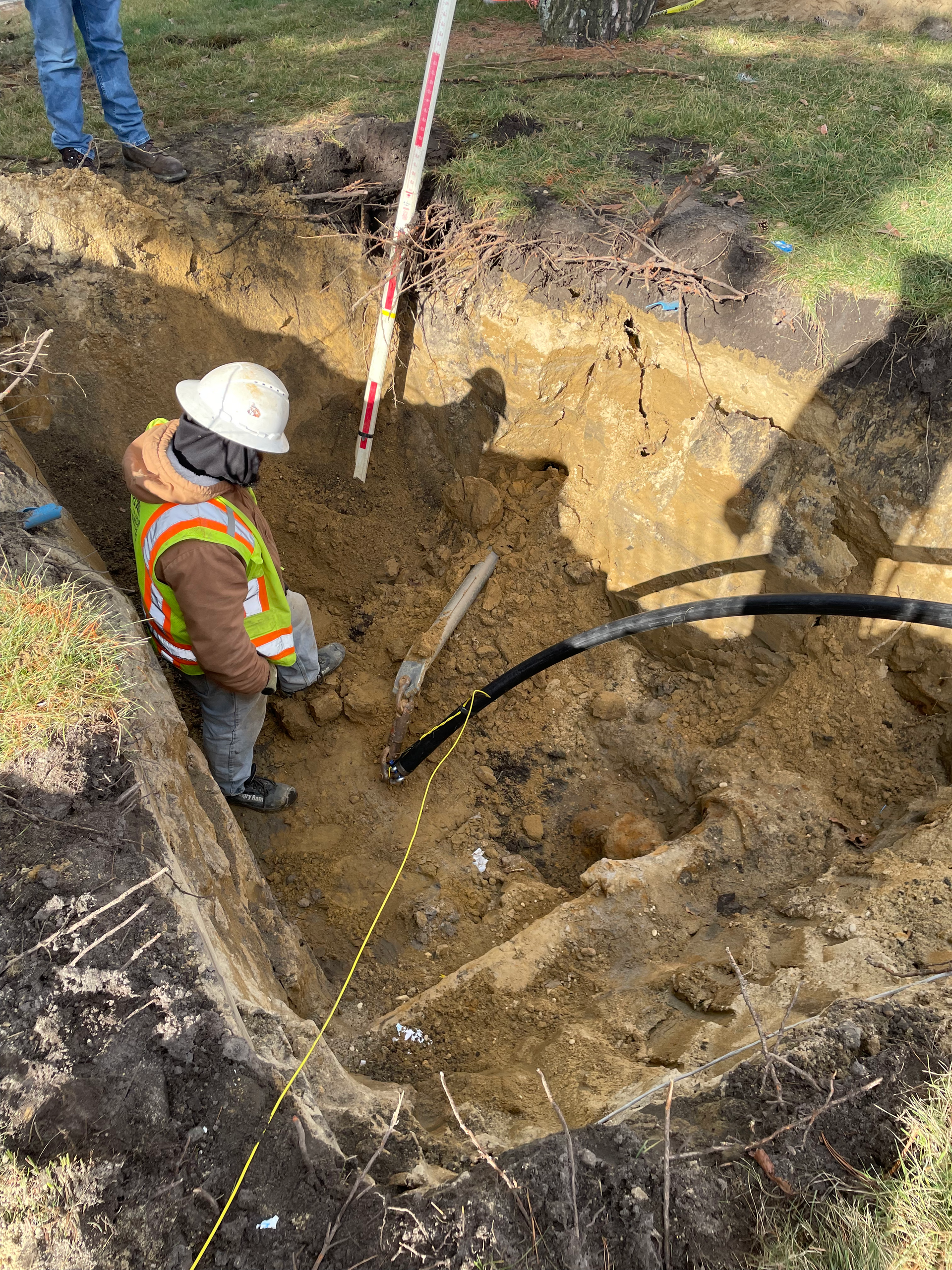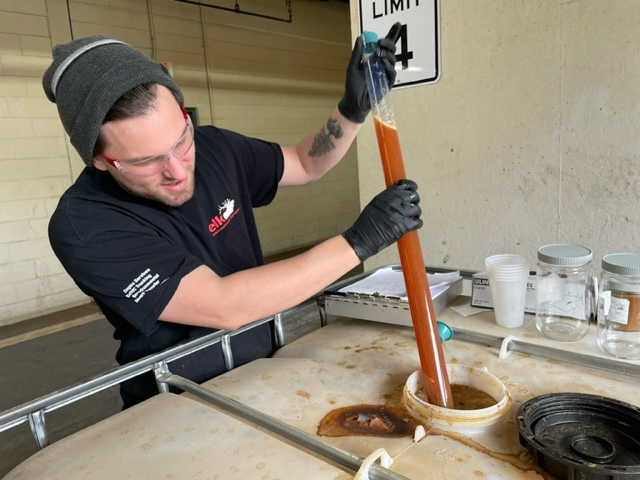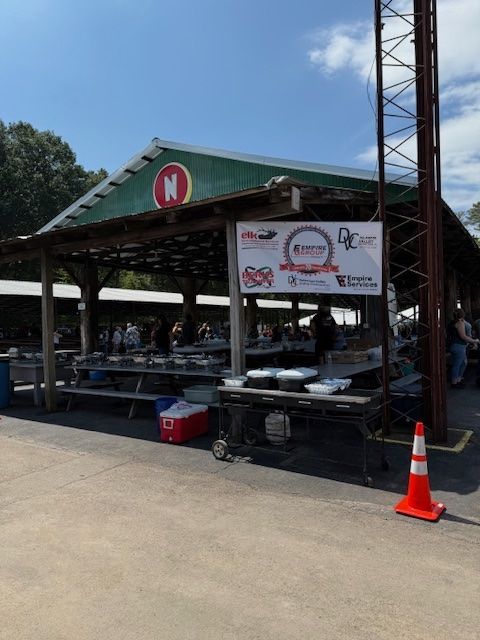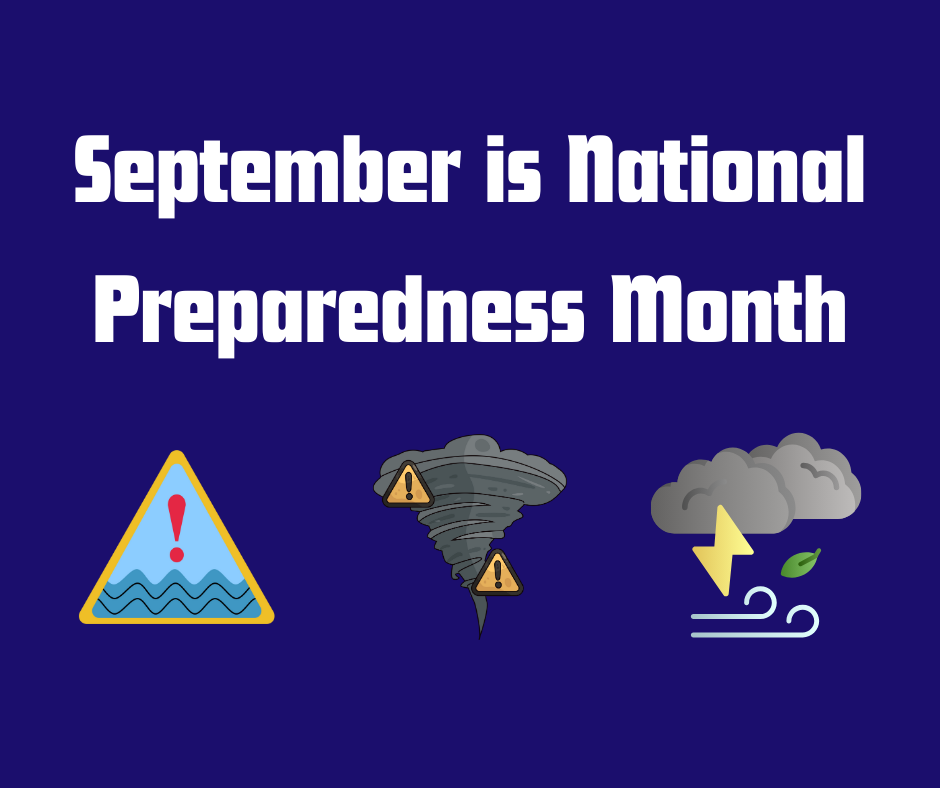By Empire Group
•
October 27, 2025
Workplace safety is more than a regulatory requirement—it’s a responsibility. A safe and healthy work environment protects employees, boosts productivity, and strengthens overall job satisfaction. Yet, many preventable injuries and fatalities still occur each year because of inadequate safety gear, lack of enforcement, or insufficient training. To spotlight areas where improvement is needed, the Occupational Safety and Health Administration ( OSHA ) releases its annual list of the Top 10 Most Frequently Cited Safety Standards. These violations serve as a reminder that safety must remain a top priority for every employer. Below are the top five OSHA workplace safety violations for fiscal year 2025 across the nation: 1. Fall Protection – General Requirement (OSHA Standard No. 1926.501) For the 15th year in a row, fall protection remains the most frequently cited OSHA standard, with 5,914 violations . Falls are one of the leading causes of serious work-related injuries and deaths, making proper fall protection essential in construction and other high-risk industries. 2. Hazard Communication (OSHA Standard No. 1910.1200) With 2,546 violations , hazard communication continues to hold the number two spot. This standard ensures workers understand the risks of chemicals they handle—both those used on-site and those imported into a facility. 3. Ladders (OSHA Standard No. 1926.1053) Ladder safety remains a concern, ranking third again this year with 2,405 violations . This standard covers all ladder types, including extension, job-made, wooden, and step ladders. Proper setup, inspection, and usage can help prevent many of these incidents. 4. Lockout/Tagout (OSHA Standard No. 1910.147) Moving up this year, Lockout/Tagout received 2,177 violations . These procedures are designed to prevent accidental energization of machinery, which can lead to electrocutions, burns, and severe injuries such as lacerations and fractures. 5. Respiratory Protection (OSHA Standard No. 1910.134) Dropping to fifth place, respiratory protection recorded 1,953 violations . This standard applies to a wide range of industries—including general industry, construction, shipyards, and marine terminals—where workers may be exposed to harmful airborne contaminants.
















